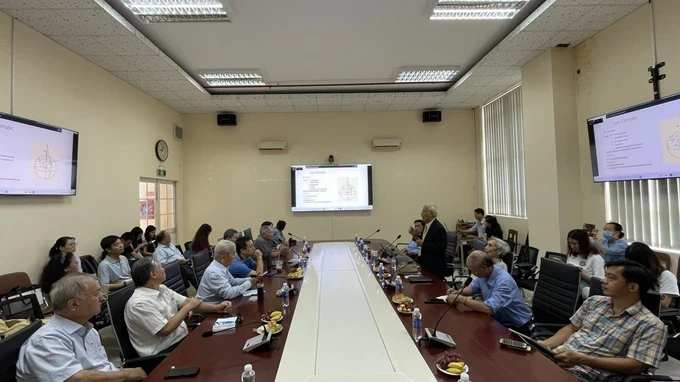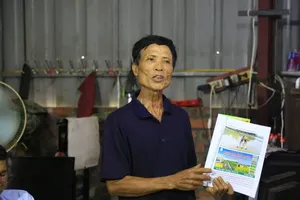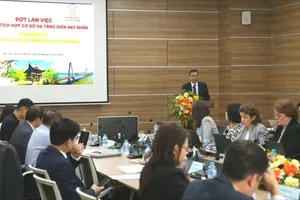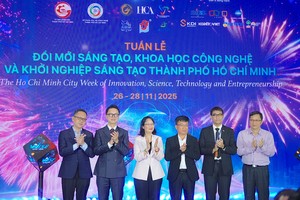
The workshop was co-organized by the HCMC Union of Science and Technology Associations (HCM-USTA), the Institute of Regional and Urban Studies (IRUS), and the HCMC Association of Marine Science, Technology, and Economics (HOMASTE).
In his opening speech, Prof Dr Nguyen Van Phuoc, HCM-USTA’s Chairman, emphasized the urgency of addressing climate change, primarily caused by the use of high-emission fossil fuels. He highlighted the Government's commitment to a green growth path that integrates environmental protection into both production and daily life.
Green hydrogen, produced from renewable energy sources, is widely regarded as an ideal replacement for fossil fuels. As Vietnam strives to achieve net zero emissions, domestic green hydrogen production is seen as a crucial step in the energy transition process.

Engineer Doan Manh Dung, a member of HOMASTE, presented the potential of ocean currents as a rich source of clean energy. He explained that the waters off central Vietnam possess some of the world's strongest ocean currents, representing an untapped renewable energy resource.
To take advantage of this rich natural resource, Dung then introduced a Vietnamese-developed rotary drum technology for harnessing the power of ocean currents. This innovative technology eliminates the weight of rotating equipment in water, allowing power generation devices to be placed above the water surface while maximizing energy extraction from both the vertical and horizontal flow of the current.
The strengths of this technology lie firstly in its cost-effective characteristic. The system's primary components are concrete and steel structures placed on the seabed, ensuring low electricity generation costs and long-term durability.
What is more, the rotary drum can be easily deployed and retrieved from the seabed, and its maintenance and replacement procedures are straightforward, aligning with Vietnam's existing electromechanical capabilities.
Dung added that two experimental machines have been completed to confirm the success of this rotating drum technology. This will become the foundation to produce green hydrogen without any dependence on the current electricity grid.
Experts in the field then urged the development of policies to promote green hydrogen production and recommended pilot testing the rotary drum technology in suitable locations.
























